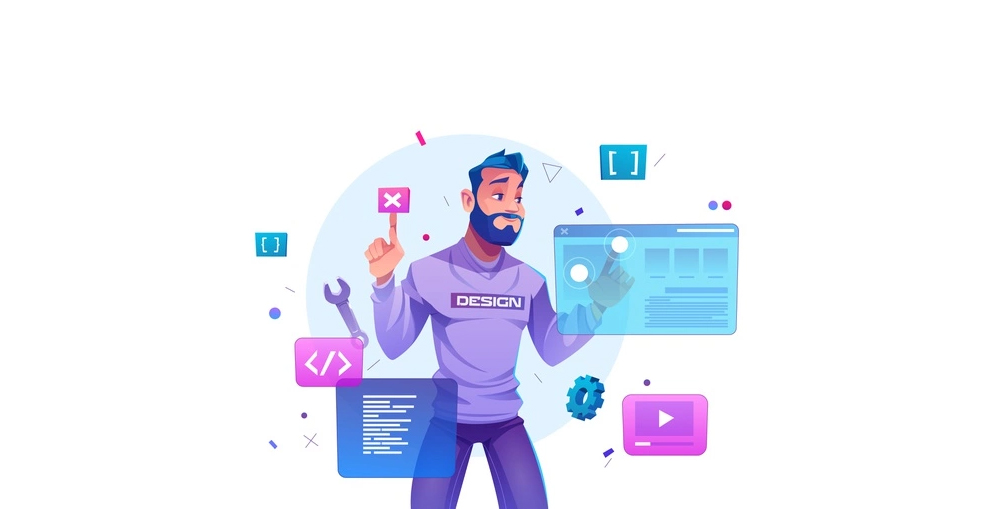The internet has completely transformed our lifestyle it have completely changed the ways of communication and the methods we were used to of using to access the information or to conduct transactions in the past. Here in Dubai and all around the UAE almost 99% of the population is connected with the internet via mobile phones or computers and laptops. People tend to search for anything and everything on the internet these days. Here in UAE alone an average person spends several hours on the internet either surfing the web or browsing through social media or using communication apps. This has a huge impact on the corporate and business sector. Regardless of the industry the website could have a huge impact on any business’s growth, progress, reputation, brand image and in totality its success. This makes the websites far more important and absolutely essential for all businesses.
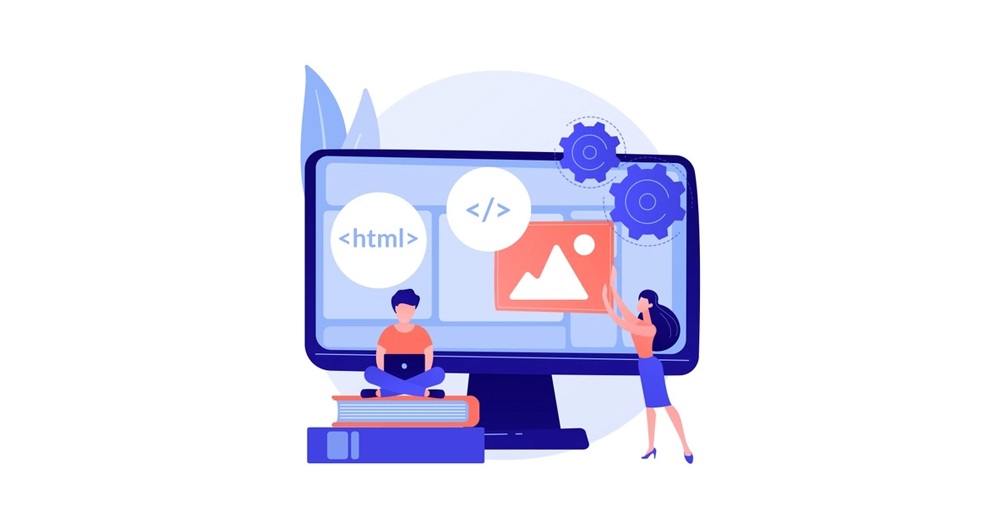
Businesses in Dubai and all around the UAE are completely aware of the importance of the website and digital media, that is why we are writing this guide to help businesses and enterprises to understand what the web design and development is and how they can follow the best practices to build a stunning website for their customers and targeted audience to achieve their future goals and objectives. This step by step guide is prepared to take the readers through the entire web design and development process and also provide them sufficient understanding of each step. This understanding will be very helpful in building a successful business website which could help achieve your online goals.
Step 1: Chose a Domain Name
For any corporate/business or even private website the very first step is to purchase a good domain name and appropriate hosting to host the content. The domain name should be easy to spell, short, memorable and should contain the brand name or at least the targeted keyword. A keyword is the word that anyone could use to search in search engine (Google, MSN, Yahoo, etc.) to find the information or business. For example a salon website should have the world salon in its domain name and so on. Make sure you are not using any special characters in the domain name or any hyphen or numbers which could make it complicated and hard to remember.

Another important thing that most businesses overlooked is the capability to scale, for example, you are currently operating in a very confined niche, and maybe in future you could offer some services or products that are not from that niche. I always talk about the Amazon.com, it is a great name and it have all the features a good domain name should have. So try something like that, but make sure you are not using a totally alien word, your words should be common and familiar to your audiences.
Read More: Best way to Choose Web Design in 2021
Step 2: Chose a Website Hosting
Once the domain name is finalized, another important step is to choose an appropriate hosting. Hosting is one of the most important aspect of your users’ experience. If you chose a low quality hosting it will not only disturb your visitors but it will also make it difficult for the webmaster or the management team who is managing your website. There are several things that you should consider while selecting a host for your website the most important are:
- Security – The web hosting should be secure and must have important security features
- Scalable – If in future your need grows the hosting should be able accommodate without too much cost
- Support – The tech-support should be excellent, if your website goes down or something happen the hosting provider should be able to help you out instantly, 24/7 support is must
- Cost – The cost should be competitive, the service provider must offer good packages with flexible payment plans as per the needs and convenience of the business
- Emails – For a business it is important to have official email addresses, hosting should provide facility to have official email addresses
- Backup and Recovery – Although this might not be so important for some businesses, but it is better to have a backup and recovery plan in hand
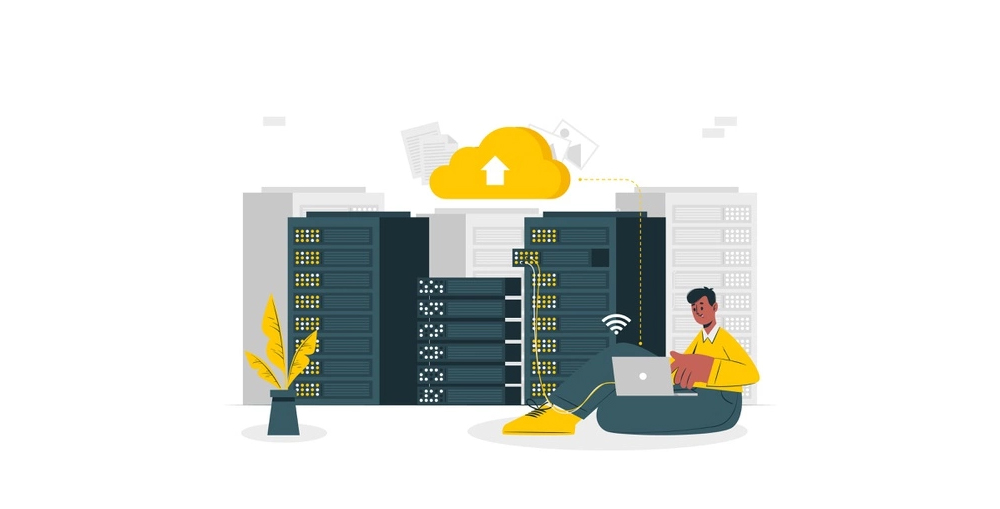
These are a few important points that you should consider while selecting any website hosting. There are also different types of website hosting, it is not so hard to find out which one will suit you. It is important that you only chose the plan that you need. These types are usually defined on the bases of the resources and access/control privileges. Here are basic hosting types and their differences:
- Shared Hosting: Shared hosting means a website is sharing resources of a physical server with a lot many other websites, it is extremely economical. The biggest drawback is that a shared server could store up to hundreds of websites, and if any one of them got hacked the entire server could get effected and if a website is consuming too many resources it could also affect the performance of the other websites who are sharing same physical server and its resources.
- VPS Hosting: The VPS hosting or Virtual Private Server hosting is a type of hosting in which a website is provided with a certain limit of dedicated resources which are from a physical server. That same physical server have more than one website hosting on it, usually it is 4, or 6 or 8 or anything like that. Each hosting provider have different plans and packages. That is much better than the shared hosting and it also provide more control over the hosting environment. The VPS hosting is good for speed and also provide great security and data protection as all hosted websites remain isolated from one another.
- VDS Hosting: The VDS hosting or Virtual Dedicated Server hosting is a bit more like the VPS the only difference is that it provide full control and access to the hosting environment. It allows the customers to control, modify or change the hosting environment to install all required features and services which are necessary for their website/application. Usually that kind of hosting is used for high-end web-apps and websites with complex and sophisticated functionalities. It is also suitable for the businesses who have more traffic.
- Dedicated Hosting:The dedicated hosting is the hosting which provide the customers full access of the entire server including its all resources, operating system, network, security, and much more. A single website is hosting on a single physical server and the entire physical server is available for that website. This hosting is suitable for large enterprises, big businesses, e-commerce, sophisticated online portals and web-apps, and websites which have huge traffic. It is also the most expensive hosting type.
- Cloud Hosting: The cloud hosting is the most modernized for or data centers, the cloud hosting doesn’t use a single physical server to host a website or to divide its resources into multiple customers, instead the cloud used multiple physical servers and combined their resources to run a single website or web-app, the resources are obviously allocated as per the subscription or purchased plan. This also allows the customers to easily scale up their resources or scale down their plan at any time and another advantage of the cloud hosting is that it allows the customers to utilize the hosting as a utility, the customers can be billed against their usage.
- Email Hosting: A business definitely needs email hosting. For very small businesses and startups the Gmail or Hotmail email addresses are fine but they don’t look professional. It is always good to use a professional email which is at your domain name. Some hosting plans by default offers email hosting too, but there are other email hosting services as well. For small businesses the default email hosting is enough. For large businesses and enterprises the dedicated email hosting service is required. Both Microsoft and Google offer good quality email hosting services and rescannable costs with monthly subscription and annual plans as well.
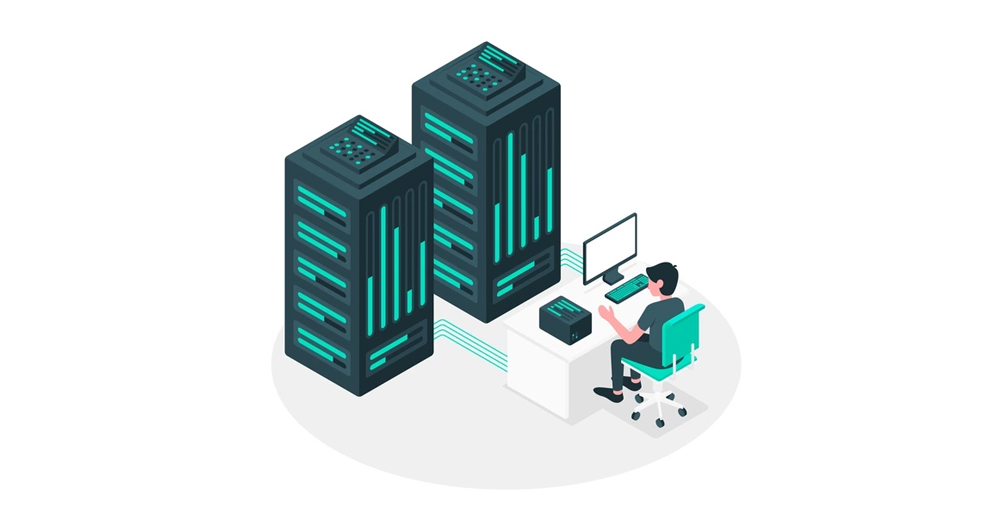
The shared hosting is suitable for small websites and it is a very basic or entry level plan. The VPS hosting is a more secure hosting type and it also provide more resources for the website or web-app and it can handle more traffic easily. The VDS is for the businesses who have customized applications, features or content management system and require more control over the environment of the server to program their website. The dedicated server is also same as the VDS but provide more resources, control and security and can handle huge web traffic easily. The cloud hosting comes in two plans either it is fully managed by the service provider or either the business/customer can have full access and control over the environment, the purpose is to have a highly efficient, scalable and secure web hosting environment.
Read More: Corporate Web Design Trends 2021 – 2022
Step 3: Chose an Appropriate Content Management System (CMS)
A content management system or CMS is a software tool that is used to manage and publish content. In case of a website the content management system (CMS) is a back-office administrative tool that allow the businesses to publish and manage different types of content on their websites. The biggest advantage of the content management system is that it allow a user to build new web pages without writing any source code or programming knowledge. It is a simple tool, same like any other business tool with a web-based user interface. The user just need basic computer knowledge or maybe some small training to be able to operate the CMS or content management system. These days almost every business is using some kind of content management system for their websites, as it is a very cost-effective and simple solution to manage the websites and to keep them up-to-date.
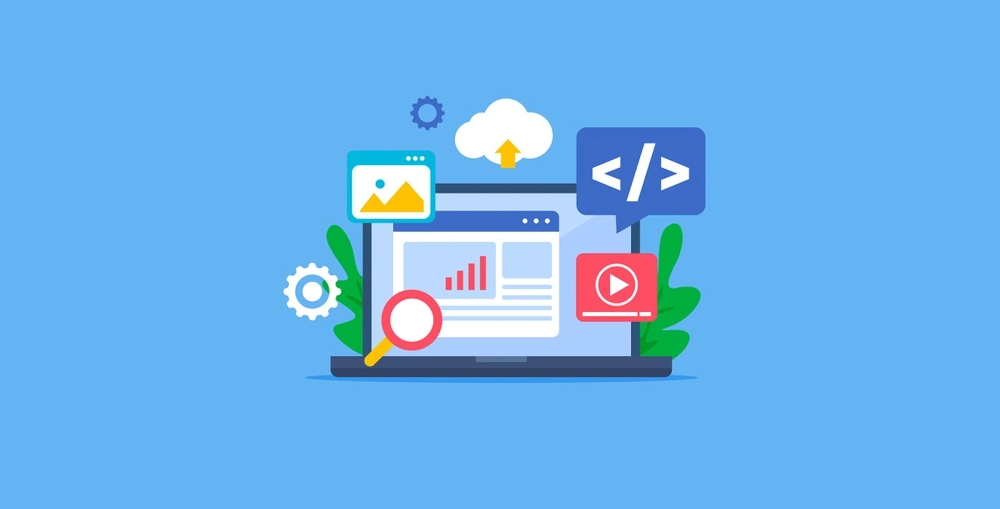
Here is a quick overview or how a content management system works. A content management system is a simple interface which have a small text area for the title of the page, which would be the main heading of the page, then another wider/bigger text box which allow the user to add the actual content of the web page and place images or media in it. Then the user can click on publish button and a new page will automatically be created on the website. This makes adding new content very easy, in similar fashion the user can navigate through the list of pages to find a page which they want to edit and then update it without requiring any technical skill or programming understanding. That is how simple it is with a content management system to manage websites. Of course there are several advanced features are there which are used for different purposes, but overall managing the websites is very simple and easy with a content management system or CMS tool.

Here are some most popular types of the content management system (CMS):
- Custom CMS: The customer CMS is basically a CMS built by the web design and development company. Here in Dubai and all around the UAE the web designing and development companies usually use PHP platform to build their custom CMS. The custom CMS is cost-effective and can be tailor-made for the requirements of the business. The custom content management systems (CMS) are always closed-source or proprietary software, which make them more secure, more cost efficient and businesses have more control over the functionalities and features they want.
- Open-Source CMS: The open-source CMS is a content management system software which is available for everyone. Anyone can access its core to modify it, build it, or customize it as per their needs and requirements. No-one owns the open-source content management system (CMS) anyone can use it and anyone can customize it too. Such CMS are good to reduce cost, but not suitable for high-end websites which host applications and need superior security.
- Closed-Source CMS: The closed-source CMS is a content management system software which is not accessible and even encrypted, no one other than the vendor can access its core or make certain changes in the features and functionalities. The closed-source CMS tools are also considered property of the vendor. Hence any customization or change has to be done the vender only. The closed-source CMS are used only for certain application and purposes and are expensive in terms of both the initial cost as well as the maintenance and upgrade cost.
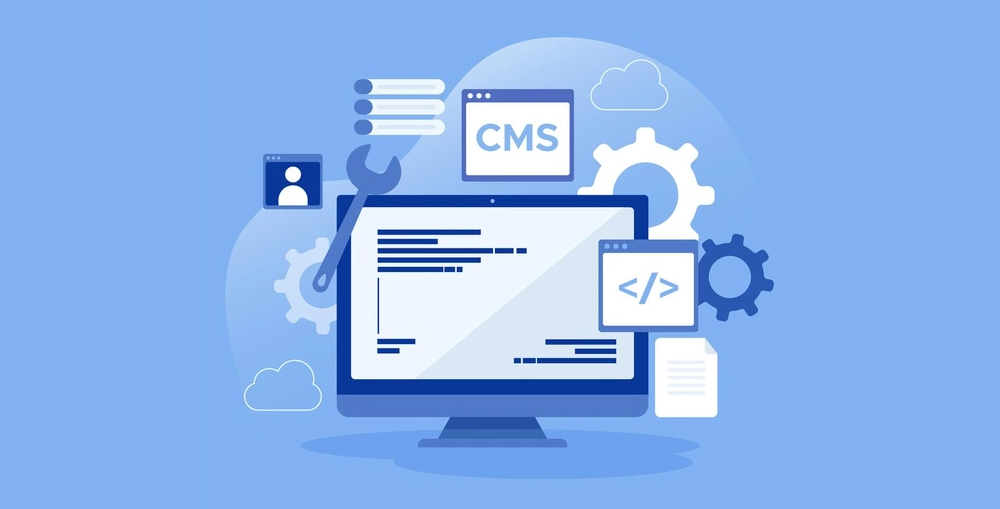
For businesses who doesn’t require high-end security and doesn’t host sensitive data on their website, the open-source content management systems (CMS) are suitable. The popular open-source content management systems are WordPress, Drupal, Joomla, and Magento. The closed-source content management systems (CMS) are suitable for unique scenarios, where high-end security and sophisticated functionalities are required and the business have enough resources to invest in it. The popular closed-source CMS are Squarespace, Sharepoint, Shopify and Blogger. However, for small businesses and medium size enterprises the custom CMS is a best solution. For businesses who have customized features on their websites, or need integration and want to host portals or any such requirements, the custom CMS is the best solution as it can be tailored-made to meet the specific needs of the business and it also cost less as comparing to customization of any existing platform.
Read More: Best E-Commerce Strategies for Shopping Stores in Dubai
Step 4: Chose/Prepare Web Design
The web design is the most important part of any business website. The studies have shown that a human brain reacts to the web designs very swiftly and it only take us 50 milliseconds to build and impression of a business in our subconscious mind upon viewing their web design. The businesses should have to portray a positive image by their design so that for the rest of the time while the use browse and surf through the website they keep amplifying this positive impression and end up leaving with a great brand image in their mind. The web design building itself is a pretty comprehensive process. Some businesses prefer to use a ready-made web design or theme and some businesses prefer to acquire a professional web designer to design their website. Here in Dubai and all around the UAE mostly businesses prefer to acquire a professional web designing service to have them built a professional and attractive web design.
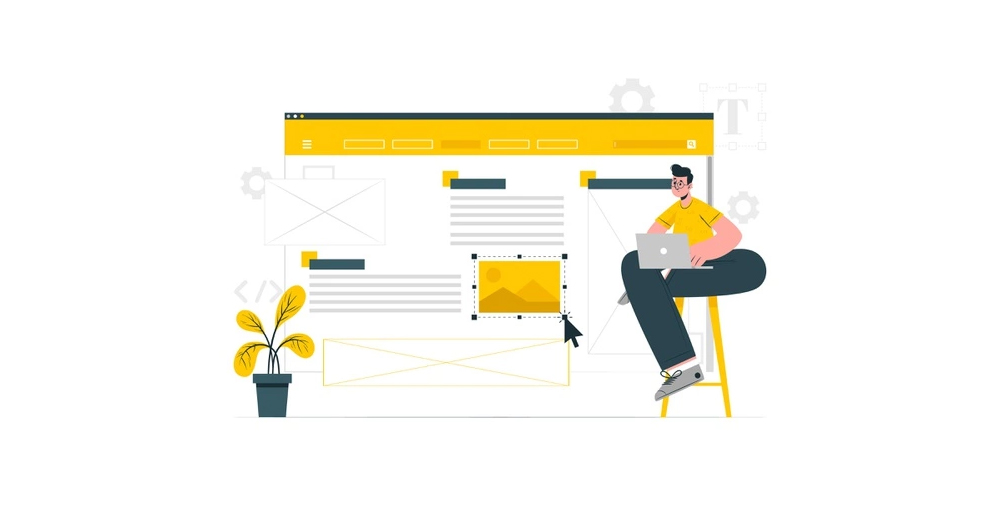
The problem with ready-made designs is that, they are mostly designed for a general purpose use, as the designer is intended to reach out to a broader audience and a spectrum of industries so the design itself is not so unique and may not fit perfect with business’s requirements. However the customized web designs are exclusive, unique and built for a particular purpose and goal in mind. That is why the best approach is always to acquire a professional web designer service to have them build the web design for your business website. Here are some basic features of a business web design which are necessary for the success and long term growth:
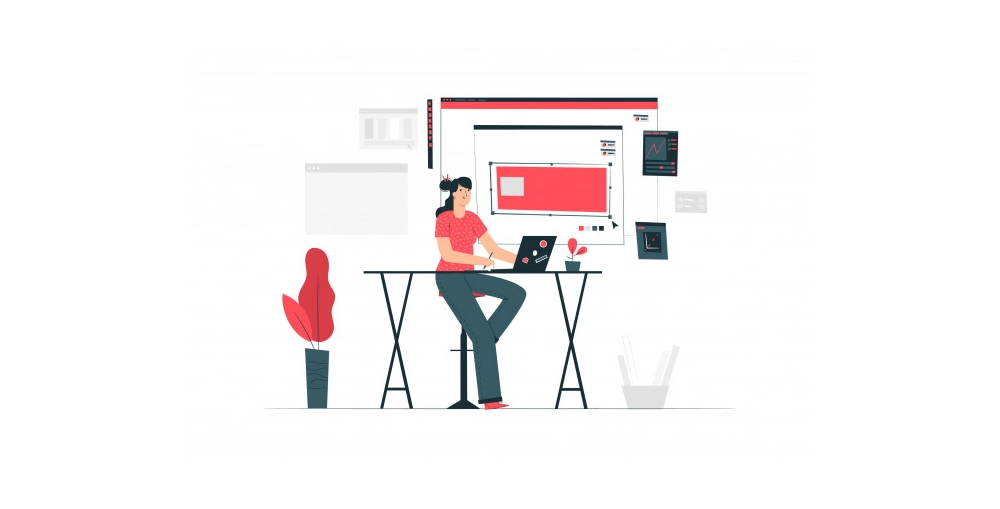
An excellent homepage is the must for any web design. Actually it is the homepage which usually receives most of the web traffic and it is the major contributor to the overall online brand image. If a user is not satisfied with the homepage they will leave the website. If a user is satisfied with the homepage they will definitely explore the website and the chances of conversion are also more. The homepage of any web design dictates the entire theme for all the internal pages, it is crucial that the homepage represents a unique and attractive brand identity. Here are some basic elements of the homepage web design:
- Header: The header is the top areas of a web page it contains logo, navigation menu, contact details and any other links, such as social media pages, etc.
- Hero Area: Whenever someone land on a web page the hero area is the most prominent area, it is above the fold and usually contains sliding images with attractive taglinesor video/animation.
- Body: The body is usually below the fold area. It contains rest of the content of the page, which could be about section, featured products/services, and other multimedia content.
- Footer:The footer is the bottom of the web design. It contains, quick links, contact details, address, social media, privacy statements, email subscription, short contact form, and any other important information.
- Internal Pages: Mostly businesses overlooked the design for the internal pages. Each internal page should have separate and unique design to achieve its objectives. Usually there are only a few different designs which follows the same homepage design theme and branding strategy.
- Product/Service Pages: The product/service page is one of the most important internal page. The user journey and CTA (call to action) should be designed with great care so the user don’t have to look anywhere for any information before conversion.

The design elements or different section will form a web page. However there are certain features that a business web design must have in order to ensure a long term success. The businesses must think from their customers’/prospects’ point of view. What things they will be looking for, what will be the turning point for the visitors, what kind of information will be required to convert them and so on. Here are some key features of a successful business web design:
- Branding: A strong branding is the most important feature a web design should have. The branding is almost always dictated by the logo, it should be prominent throughout the web design either it is homepage or inner page or landing page, once a user land on the page they should immediately recognize the brand by just having a look at it.
- Color Scheme: The color scheme is also somewhat controlled by the brand logo, it is always the best practice to use the colors from the logo and also the shapes and other design element theme form the logo of the brand. The other important function of the color scheme is that it will help improving the visibility of the important taglines and sales pitches and the overall content of the page. The color scheme plays an important role in any web design’s success.
- Typography: The typography and fonts are also very important part of your brand identity. The first and most important factor is the readability. The fonts and typography should be simpler and easy-to-read. The font size in different areas will help taking your customers/prospects through the user journey and will help you projecting the important content which will help in converting the website visitors.
- Navigation: The website navigation is not just the menu of the website, in fact it is the entire customer journey and it is extremely important that all the relevant sections/pages of the website are interconnected with each other. The ideal navigation structure not only increase the visibility of the content but it also help improving customer experience and it enhances the customer journey which increase the website conversions.
- CTA: The CTA or call to action is usually a button that is being used for any page and it serves the most important purpose, which is conversion. An attractive and appealing CTA will increase conversions and help generating more revenue. The CTA could be subscription, registration, contact form, purchase button, or anything that the business want to use as a conversion.
- Trust Signals: One of the most important factor that contributes to the brand image and brand reputation is the trust signals. Whenever a user is landing on a web page they are absorbing content. The trust signals, such as company information, team details, customer testimonials, partners’ logos, security features and other trust markers can boost the conversions and help building trust and credibility of the brand.
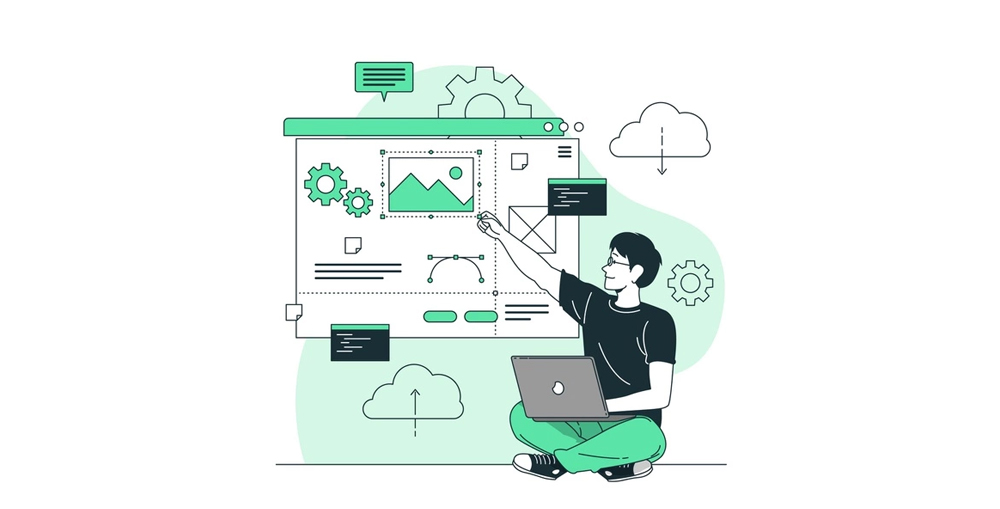
A professional web design always perform well and help businesses build a good brand reputation and brand identity in the online which also reflects in the offline. Despite acquiring a professional web design service, it is always wise to have some research by yourself. The competitive research always help in innovating new features and will also help you generating new ideas. The biggest goal of any web design is to beat the competition in the online world.
Read More: How Startups can Grow Quickly with a Professional Web Design?
Step 5: Prepare the Content
Once the web design mockup is ready, the next step is to prepare and add actual content in the web design. The web design and the content are equally important and absolutely necessary for each other. Think of a Ferrari car as the web design, then its engine will be the content. If the web design is stunning and captivating but the content is not as that attractive the result would be a definite failure. The content is a great tool to build first impression but in order to boost that impression or sustain a positive image the content is the most vital aspect of the website. The stunning graphics and the professional looking animation might stun your visitors but in order to keep them engaged the content is the only solution. The user might feel the aesthetics appealing but the content will compel them to convert.

Here in Dubai and all around the UAE most of the businesses are using the multi-lingual content. As UAE is an Arab nation so the Arabic language content can build a good impression and let you engage with a broader audience along with the English language content. It also depends upon your targeted audience, if you are targeting any particular ethnic group it is wiser to have their language on the website. The basic of any content strategy is that the content should use simple and plain language and the content should be shorter and descriptive. Too long content will lose the user’s interest and too short might fail to provide them enough information. Try to maintain a balance.
Read More: Top Mobile App Design and Development Trends 2021 – 2022
Step 6: Make Web Design Responsive or Mobile Friendly
Here in Dubai and all around the UAE the general population is very active on mobile devices, some studies and surveys have shown that almost 64% of the shoppers tend to do online research before purchasing a product. Some surveys have suggested that in case of B2B commerce almost 75% of the customers reported that they prefer to do an online research before making a decision. In UAE almost 99% of the population is connected to the internet and almost 94% of the population are using mobile phones. The mobile searches have already surpassed the regular searches. People tend to search through their mobile phones more often comparing to the regular computers. Chances are more than half of your prospects will reach to your website through their mobile phones or smart devices. Which makes mobile phones very crucial for the success. If a business is not tapping in to this medium they might be losing more than half of their potential customers.

The mobile friendly web design or responsive web design are the web pages which have ability to detect the device from which is being accessed. Then the web design seamlessly rearrange and resize its design elements and content as per the size of the screen. This feature is called the responsiveness or mobile friendliness. In the entire world almost 90 out of 100 new websites are be default mobile friendly or responsive web designs. It is extremely important for a business to have a responsive web design which is also capable of providing the same user experience and user journey as it is offering from the regular or desktop/laptop version of the website. The responsive web designs are also cost-effective and doesn’t require extra maintenance. Once all that is done, test the design on all available and most popular mobile devices and desktop screens to see if the design is delivering the same user experience on all devices or not. Make sure the responsive and mobile friendly features is excellent.
Step 7: Make the Web Design SEO Friendly
The SEO Friendly web design means a web design which is in-line with the SEO guidelines and standards. The SEO means search engine optimization. Here in Dubai and all around the UAE the Google is the most dominant search engine with almost 96% of the search market share. The search engine optimization not as that complicated. The basic objective is to make a web design and its content more readable and visible to the search engines. There are certain design techniques which are good for the search engines and there are some which blocks them to read the content of the web page or to understand the user journey and user interface of the webpage. When the search engine can’t read the content or is unable to understand the user interface the search engine doesn’t rank it and if it doesn’t rank the page it also don’t show it in the search result page. Which deprive the website from getting tons of organic traffic which is absolutely free. It is important that your website is in-line with the guidelines of the search engine to ensure you can reach out to a broader audience. The SEO is a great source of absolutely free web traffic which could be a game changer for a business.
Read More: Best Practices for Real Estate Business Websites in 2021 – 2022
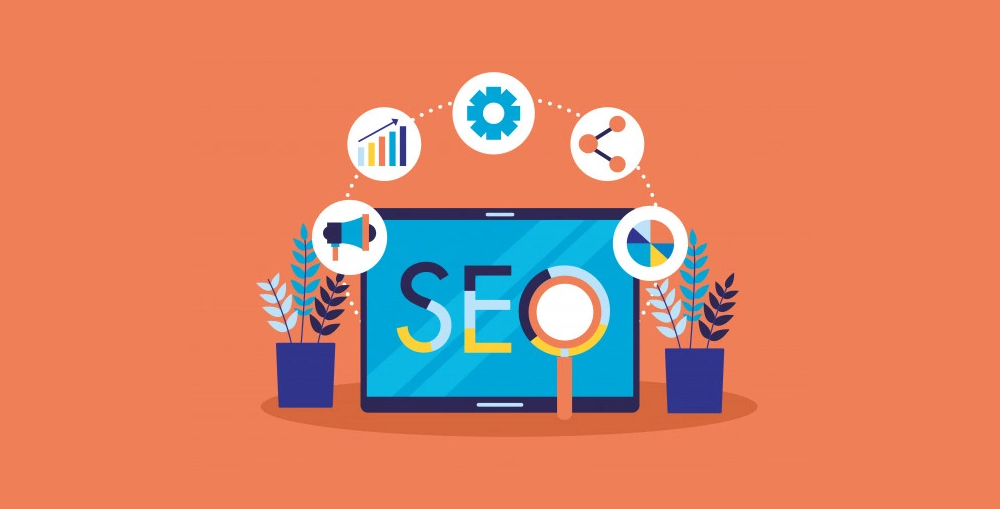
Step 8: UAT and Launch
When all of the above is done. The next step is the UAT or user acceptance test. It is basically a standard launch procedure for any software or hardware tool which is used for the customers and visitors. In the UAT share the finished website with the employees, colleagues, friends, loyal customers and anyone who you think could provide you valuable feedback. Collect the feedback and try to highlight the areas of improvement and make changes before the full launch. Once the UAT is done, it is important to have some short-term brand awareness campaign or digital strategy to attract more visitors to your new website. It will quickly boost its traffic too.Now you are ready for the full launch. Start the digital marketing campaigns and set a launch date. On the date arrange a small event or online event to promote the new website. Keep running the digital campaign for some time even after the launch to give a kick start to your new website.

Conclusion
The purpose of this guide was to provide our audience and customers with a brief understanding of the entire web design and development process. The businesses must choose appropriate domain name and hosting for the website. The content management system or CMS is a great tool to manage the website and keep it up-to-date without acquiring a professional website programmer or agency. It not only reduce the maintenance and update cost but it also provide the businesses more freedom and control over their content. The web design and the content of the website plays a vital role in the success of the website. Some other features such as responsiveness and search engine friendliness are also very important these days. The website is the online brand image and it has to be perfect in each and every aspect. RSI Concepts is a leading web design and development agency in Dubai, UAE. We have been serving our customers since more than a decade and have a strong team of professional web designers and web developers. If you need any help with your web design and development project or if you want to learn more on the subject, feel free to reach us through our Contact Us page or leave a comment in the comment box below and we will get in touch with you soon.
Check out this blog: Is landing Page Better or the Homepage?
